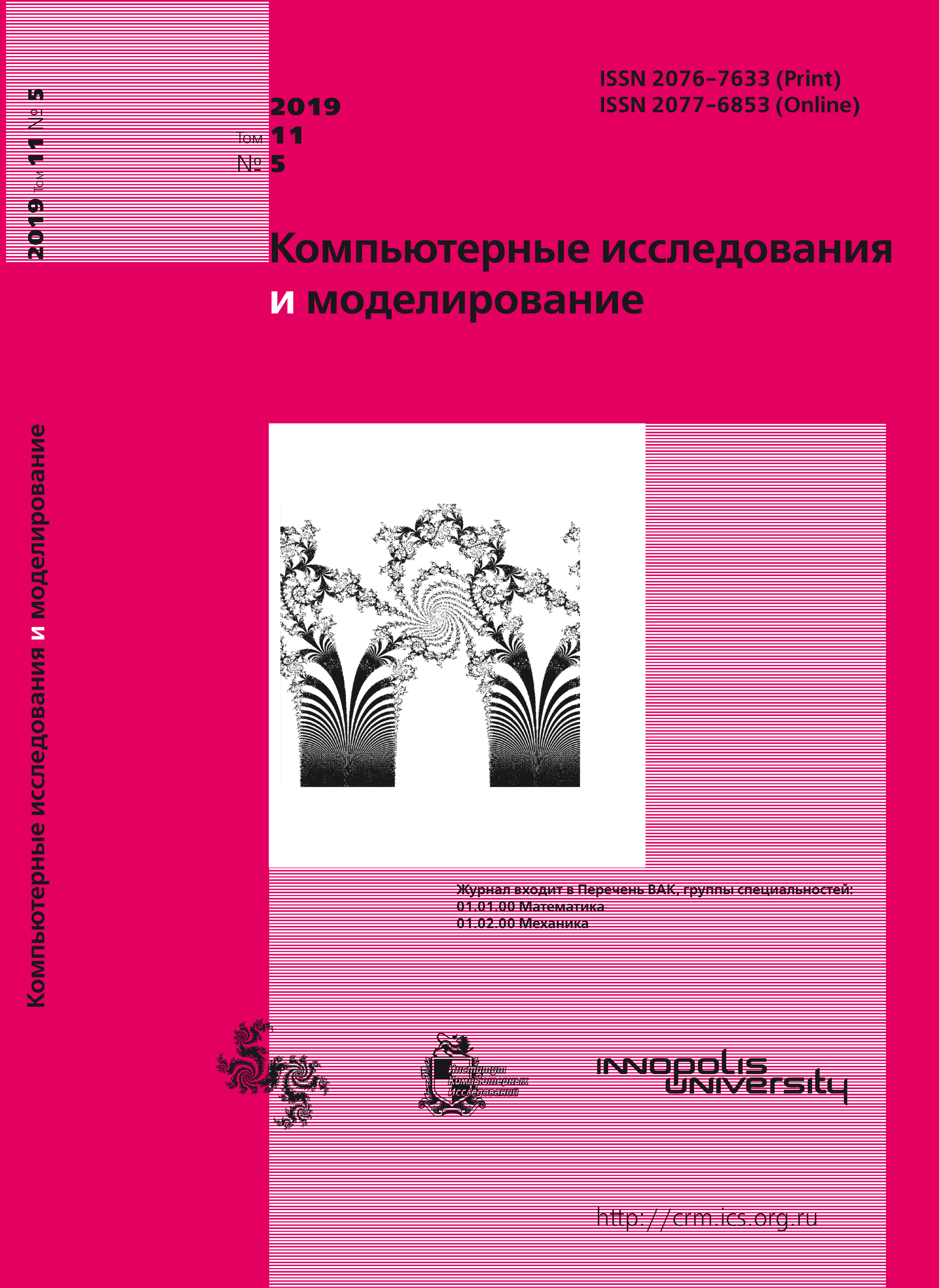All issues
- 2025 Vol. 17
- 2024 Vol. 16
- 2023 Vol. 15
- 2022 Vol. 14
- 2021 Vol. 13
- 2020 Vol. 12
- 2019 Vol. 11
- 2018 Vol. 10
- 2017 Vol. 9
- 2016 Vol. 8
- 2015 Vol. 7
- 2014 Vol. 6
- 2013 Vol. 5
- 2012 Vol. 4
- 2011 Vol. 3
- 2010 Vol. 2
- 2009 Vol. 1
Studying indicators of development of oligopolistic markets on the basis of operational calculus
 pdf (365K)
pdf (365K)
The traditional approach to computing optimal game strategies of firms on oligopolistic markets and of indicators of such markets consists in studying linear dynamical games with quadratic criteria and solving generalized matrix Riccati equations.
The other approach proposed by the author is based on methods of operational calculus (in particular, Z-transform). This approach makes it possible to achieve economic meaningful decisions under wider field of parameter values. It characterizes by simplicity of computations and by necessary for economic analysis visibility. One of its advantages is that in many cases important for economic practice, it, in contrast to the traditional approach, provides the ability to make calculations using widespread spreadsheets, which allows to study the prospects for the development of oligopolistic markets to a wide range of professionals and consumers.
The article deals with the practical aspects of determining the optimal Nash–Cournot strategies of participants in oligopolistic markets on the basis of operational calculus, in particular the technique of computing the optimal Nash–Cournot strategies in Excel. As an illustration of the opportinities of the proposed methods of calculation, examples close to the practical problems of forecasting indicators of the markets of high-tech products are studied.
The results of calculations obtained by the author for numerous examples and real economic systems, both using the obtained relations on the basis of spreadsheets and using extended Riccati equations, are very close. In most of the considered practical problems, the deviation of the indicators calculated in accordance with the two approaches, as a rule, does not exceed 1.5–2%. The highest value of relative deviations (up to 3–5%) is observed at the beginning of the forecasting period. In typical cases, the period of relatively noticeable deviations is 3–5 moments of time. After the transition period, there is almost complete agreement of the values of the required indicators using both approaches.
Copyright © 2019 Varshavsky L.E.
Indexed in Scopus
Full-text version of the journal is also available on the web site of the scientific electronic library eLIBRARY.RU
The journal is included in the Russian Science Citation Index
The journal is included in the RSCI
International Interdisciplinary Conference "Mathematics. Computing. Education"






